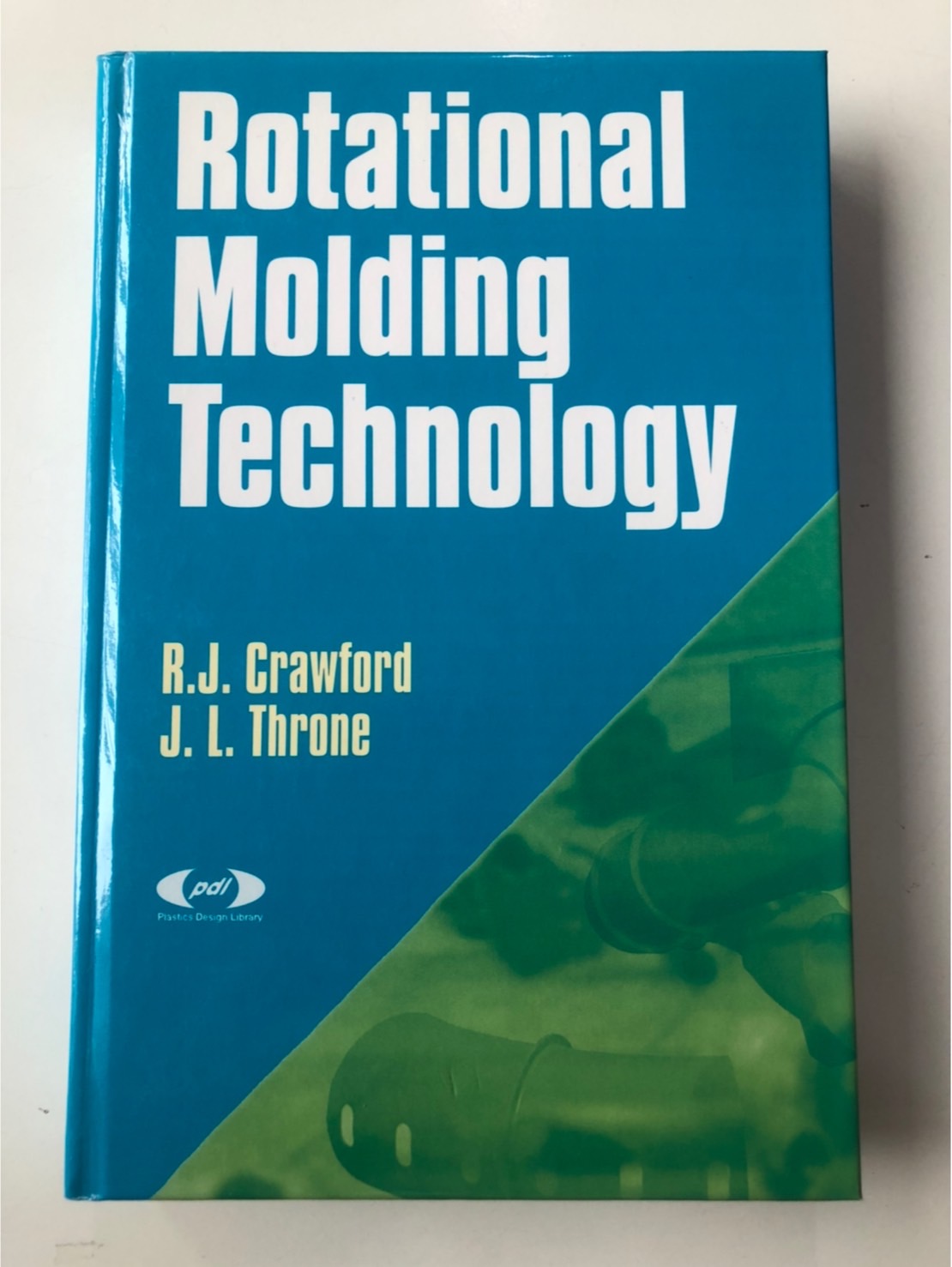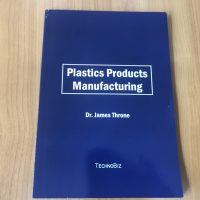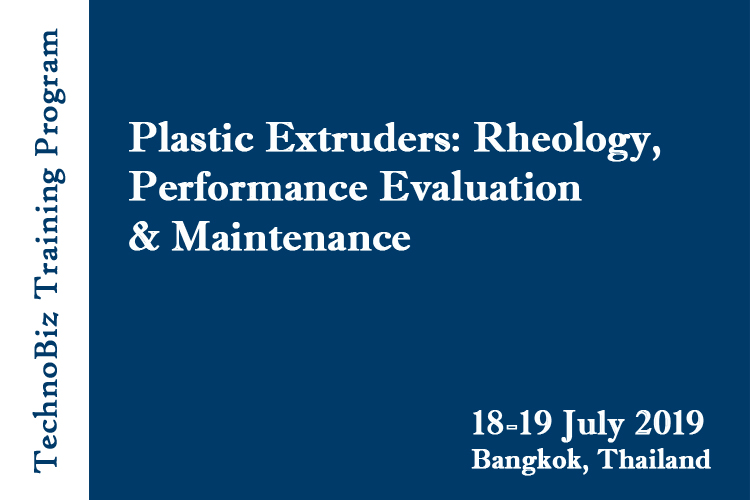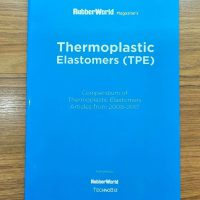Description
Rotational Molding Technology
Authors: R.J. Crawford, James L. Throne
Chapter 1 : Introduction
1.1 The Process
1.2 The Early Days
1.3 Materials
1.4 Advantages and Disadvantages
1.5 General Relationships between Processing Conditions and Properties
Chapter 2: Rotational Molding Polymers
2.0 Introduction
2.1 General Characteristics of Polymers
2.2 Polymers as Powders and Liquids
2.3 Polyethylene Types
2.4 Polypropylene
2.5 PVC û Plastisols, Drysols, and Powdered Flexible Compounds
2.6 Nylons
2.7 Other Polymers
2.8 Liquid Polymers
2.9 In-Coming Material Evaluation
2.10 Product Testing Protocols and Relationship to Polymer Characteristics
2.11 Desirable Characteristics of a Rotational Molding Resin
Chapter 3: Grinding and Coloring
3.0 Introduction
3.1 General Issues Relating to Grinding
3.2 Particle Size Distribution
3.3 Particle Shape
3.4 Dry Flow
3.5 Bulk Density
3.6 Factors Affecting Powder Quality
3.7 Grinding Costs
3.8 Micropelletizing
3.9 Polyvinyl Chloride
3.10 Coloring of Plastics for Rotational Molding
Chapter 4: Rotational Molding Machines
4.0 Introduction
4.1 Types of Rotational Molding Machines
4.2 Machine Design Considerations
4.3 The Oven
4.4 Cooling
4.5 Process Monitors
4.6 Servicing
4.7 Advanced Machine Design
Chapter 5: Mold Design
5.0 Introduction
5.1 Mold Materials
5.2 Mechanical and Thermal Characteristics of Mold Materials
5.3 Mold Design
5.4 Calculation of Charge Weight
5.5 Venting
5.6 Mold Surface Finish
5.7 Mold Releases
Chapter 6: Processing
6.0 Introduction to Heating
6.1 General Anatomy of the Rotational Molding Cycle
6.2 General Process Description
6.3 Powder Behavior
6.4 Characteristics of Powder Flow
6.5 Rheology of Powder Flow
6.6 Heat Transfer Concepts Applied to Rotational Molding
6.7 Heating the Mold
6.8 Heating Powder
6.9 Tack Temperature
6.10 Mold Cavity Air Heating Prior to Powder Adhesion to Mold Surface
6.11 Bed Depletion
6.12 Particle Coalescence
6.13 Densification
6.14 Phase Change During Heating
6.15 The Role of Pressure and Vacuum
6.16 Mathematical Modeling of the Heating Process
6.17 Total Oven Cycle Time
6.18 Cooling and the Optimum Time for Removal from Oven
6.19 Some Comments on Heat Transfer During Cooling
6.20 Thermal Profile Inversion
6.21 Cooling and Recrystallization
6.22 Air Cooling û Heat Removal Rate
6.23 Water Cooling û Heat Removal Rate
6.24 Pressurization
6.25 Part Removal
6.26 Effect of Wall Thickness on Cooling Cycle Time
6.27 Overview and Summary of Thermal Aspects of the Rotational Molding Process
6.28 Introduction to Liquid Rotational Molding
6.29 Liquid Polymers
6.30 Liquid Rotational Molding Process
6.31 Process Controls for Liquid Rotational Molding
6.32 Foam Processing
Chapter 7: Mechanical Part Design
7.0 Introduction
7.1 Design Philosophy
7.2 General Design Concepts
7.3 Mechanical Design
7.4 Design Properties of Foams
7.5 Computer-Aided Engineering in Rotational Molding
7.6 Some General Design Considerations
7.7 Process Effects on Porosity, Impact Strength
7.8 Trimming
7.9 Surface Decoration
7.10 Troubleshooting and Quality Assurance






